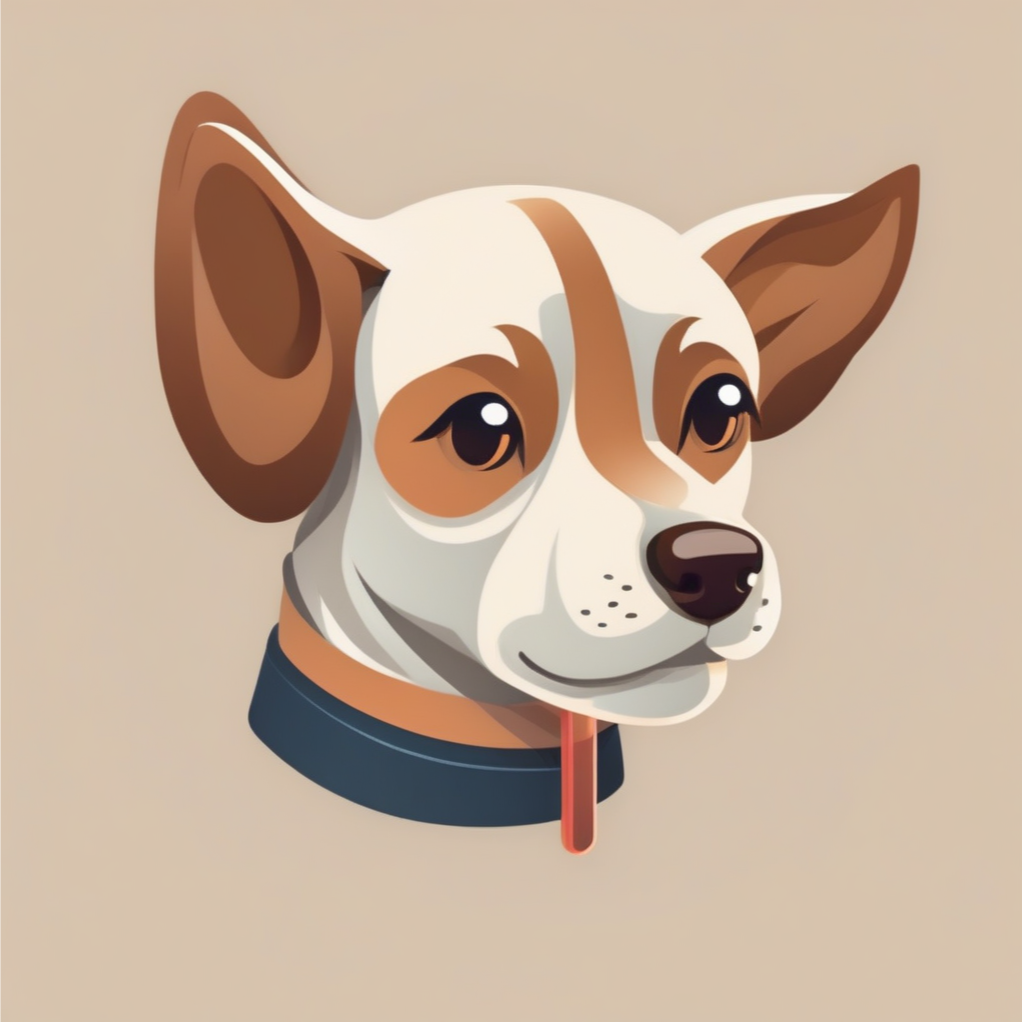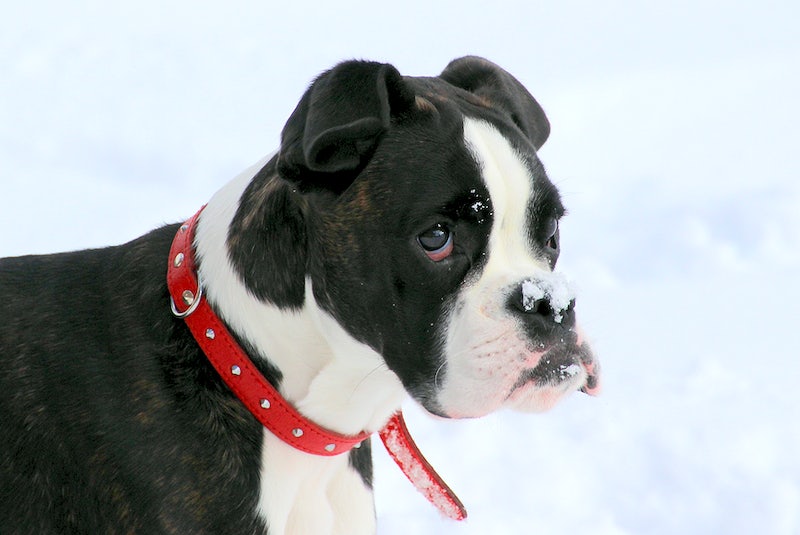Hey there, fellow dog groomers! Working with our furry friends is awesome, but it can also be a bit tricky. Let’s dive into some straightforward safety tips to make sure we keep ourselves and our four-legged clients out of harm’s way.
- 1. Get Proper Training
- 2. Know Your Furry Clients
- 3. Handle Dogs Safely
- 4. Keep Your Tools in Check
- 5. Suit Up with PPE
- 6. Be Careful with Chemicals
- 7. Watch Out for Diseases
- 8. First Aid and Be Ready
- 9. Dealing with Aggressive Dogs
- 10. Take Care of Yourself
- In Conclusion
- Frequently Asked Questions Regarding Ensuring Safety in the Profession of Dog Grooming
1. Get Proper Training
To begin with, it is imperative to prioritize certain essential steps. Firstly, you should ensure that you have undergone proper training and acquired the necessary certifications. This is crucial for establishing a solid foundation in the field of dog grooming.
Understanding dog behavior and mastering grooming techniques are fundamental prerequisites for anyone aspiring to be a successful dog groomer. Without this knowledge, you may not be able to provide the best care and service for the dogs in your care.
To achieve this expertise, it’s recommended to seek out reputable training programs that offer comprehensive instruction in dog grooming. These programs will not only teach you the art of grooming but also provide insights into understanding and handling various canine behaviors. By enrolling in such programs, you’ll gain the knowledge and skills required to excel in the profession.
Once you’ve completed a reputable training program, the next vital step is to obtain certification. Certification serves as proof of your competence and commitment to the field, giving potential clients and employers confidence in your abilities. A certified dog groomer is more likely to be trusted and sought after in the industry.
2. Know Your Furry Clients
Observe the way dogs behave closely. Develop the ability to recognize signs of stress, fear, or when a dog isn’t feeling up for grooming. Understanding how to manage dog bathing and grooming with patience is essential when dealing with finicky or anxious canine companions.
3. Handle Dogs Safely
Ensure that you employ gentle and secure methods when managing and controlling dogs, as this is a crucial aspect of upholding a safe atmosphere within your grooming salon. Avoid the use of harsh techniques that may result in mishaps or cause anxiety in our beloved canine companions.
4. Keep Your Tools in Check
In the salon, your equipment is like your trusty sidekick. It’s crucial to ensure your grooming scissors, clippers, and other tools are in excellent condition. Using tools that are damaged or not well-maintained is a big red flag because it poses risks to both you and the pets you’re working on. Always put the safety of dog hair trimming and grooming scissors first.
5. Suit Up with PPE
Remember to prioritize your safety by wearing essential protective gear. It’s crucial to equip yourself with gloves, aprons, and eye protection to safeguard against potential hazards. Additionally, choose appropriate attire to shield yourself from allergens and mess, particularly during the fall season when dogs tend to shed excessively.
6. Be Careful with Chemicals
Grooming involves the use of a variety of products. To ensure your safety and prevent potential skin or respiratory problems, it’s important to learn how to handle shampoos and other grooming items correctly. This includes proper storage, dilution, and application techniques.
7. Watch Out for Diseases
Monitor zoonotic illnesses, which have the potential to spread between animals and humans. It’s important to promote the idea of pet owners ensuring that their dogs are regularly vaccinated to minimize the chances of transmission.
8. First Aid and Be Ready
Accidents are a possibility for anyone, regardless of their expertise. It’s a good idea to keep a comprehensive first aid kit on hand and be knowledgeable about its use. Be ready to address typical grooming-related emergencies.
9. Dealing with Aggressive Dogs
Dealing with aggressive or disobedient dogs can be quite a task. When discussing these issues with pet owners, don’t hesitate to firmly express your concerns and, if necessary, decline certain situations in order to prioritize the safety and well-being of all parties involved.
10. Take Care of Yourself
Finally, remember the importance of self-care. The physical demands of grooming can take a toll on your body, so it’s crucial to maintain proper posture and ensure you get enough rest to prevent burnout, particularly when the bustling summer season is in full swing.
In Conclusion
Your safety and the safety of the pups you groom is the name of the game. By understanding the potential dangers and following these safety tips, you can create a secure and happy environment in your grooming salon. Put pets and safety first, and you’ll have a thriving and successful grooming business. Stay safe and have fun! 🐾
Frequently Asked Questions Regarding Ensuring Safety in the Profession of Dog Grooming
- What precautions should you take when grooming a dog? When grooming a dog, it’s essential to take several precautions to ensure both the dog’s and your safety:
- Use appropriate grooming tools and equipment.
- Handle sharp objects with care to avoid accidental cuts.
- Be gentle and patient with the dog to prevent stress or injury.
- Regularly clean and disinfect grooming tools to prevent infections.
- Pay attention to the dog’s body language to avoid bites or aggression.
- Protect yourself with gloves and aprons, especially when dealing with potentially aggressive dogs.
- What are the hazards of being a dog groomer? Dog groomers may face various hazards, including:
- Physical injuries from handling or grooming tools.
- Allergies to pet dander, hair, or grooming products.
- Zoonotic diseases that can be transmitted from dogs to humans.
- The risk of bites or scratches, especially with anxious or aggressive dogs.
- Musculoskeletal strain from bending and lifting dogs.
- Exposure to loud noises from grooming equipment, potentially causing hearing damage.
- How do you prevent groomer’s lungs? Groomer’s lungs, or pneumonitis, can be prevented by taking the following precautions:
- Use a well-ventilated grooming area with proper air filtration.
- Wear a high-quality mask to reduce inhalation of airborne particles and allergens.
- Use grooming products with low volatile organic compounds (VOCs) to minimize chemical exposure.
- Maintain good personal hygiene and change clothes after work to reduce the risk of allergen transfer.
- Regularly clean and disinfect the grooming area to reduce allergen buildup.
- Take breaks to allow your respiratory system to recover during long grooming sessions.

